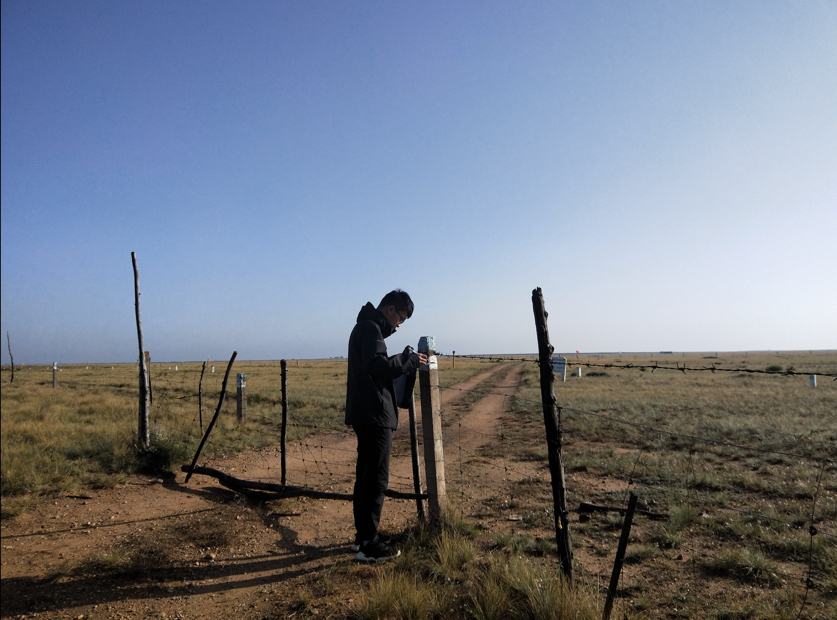Study Reveals Human Activities and Natural Impacts on Biological Soil Crusts in China’s Drylands
Oct 27, 2023
In the arid regions where desertification threatens dryland ecosystems, scientists from the Aerospace Information Research Institute (AIR) under the Chinese Academy of Sciences (CAS) have taken a closer look at the intricate relationship between natural factors and human activities on non-vascular plants, particularly biological soil crusts (BSCs) in China.
Their study published in the Science of The Total Environment on Oct 21 proposed a novel framework to distinguish the contributions of natural conditions and human influence but also revealed some surprising findings.
Drylands cover vast expanses of China, and desertification poses a severe threat to local ecosystems. Despite the significance of BSCs in maintaining soil stability and supporting other plant life, there has been limited research on the impact of natural and human-induced factors on these vital BSC communities.
To address this gap, researchers employed a multi-faceted approach. They utilized 20 environmental datasets encompassing climate, soil properties, and terrain to untangle the intricate web of influences on BSC coverage. By employing advanced modeling techniques, including random forest classification and regression models, the team calculated BSC coverage in China's drylands under natural conditions. They then further accurately determined the distribution of coverage variation resulting from human activities.
The results showed that in limited vegetation areas, human activities were found to have a positive impact on BSC coverage in just 11.3% of study areas, while a negative impact was observed in 25.4% of these regions. Human activities had caused a 33% reduction in BSC coverage across these vulnerable regions, according to the study.
One finding from the study was the limited positive impact of large-scale ecological restoration projects on BSC coverage in China's drylands. This inadequacy can be largely attributed to land use changes driven by economic activities. It underscores the complex interplay between conservation efforts and the broad landscape changes induced by human influences.
This innovative framework not only sheds light on the regional variations in human impacts on dryland BSC communities but also offers valuable insights for the development of sustainable dryland management policy in China and beyond.

A researcher surveys and documents the vegetation conditions of pastures in arid regions. (Image by AIR)
Contact: luyq@aircas.ac.cn



News & Events